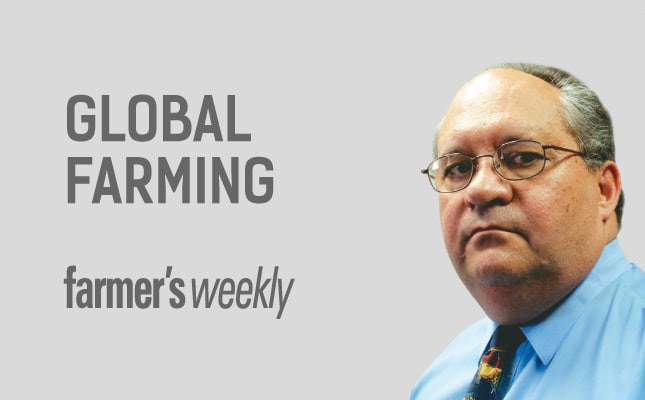
There are currently an estimated 609 million food-insecure people in the world. A recent study by the Economic Research Service of the US Department of Agriculture (USDA) projects a decrease in this number to 251 million by 2025.
READ:Economies of scale: how does dairy farming fit in
The main reasons for this are an expected decrease in food prices and rising income in food-insecure countries. The reason is not, as one would expect, an increase in local production.
The highest improvement in food security is expected in Asia. India, with more than half the region’s population, will lead the way. The number of food-insecure people in Latin America and the Caribbean area should decrease by about 50% during the next decade.
Sub-Saharan Africa (SSA) is the region with the highest food-insecurity. Slightly more than a quarter – 26% – of the world’s food-insecure countries are in SSA, but the region accounts for 45% of the food-insecure people.
The food security situation in SSA will also improve, but at a much slower rate than in other areas. SSA is the world’s poorest region, but economic growth averaged 5%/year over the last decade. Favourable weather and strong increases in commodity prices were the main drivers of the increase in growth from the 1990s.
The USDA expects this trend to continue, albeit with some bumps along the way. In the International Monetary Fund’s April 2016 World Economic Outlook, lower commodity prices and geopolitical problems are cited as reasons for slower growth in 2016. SSA economies grew by 3,4% in 2015; this is expected to slow down to 3% in 2016 and improve again to 4% in 2017.
An excellent opportunity
In 2014/2015, SSA imported 33,1 million tons of grain. Additional demand in 2016 is estimated at 33,9 million tons, increasing to 71,8 million tons by 2026.
This represents a major opportunity for South African farmers and agribusinesses. The 2015 Bureau for Food and Agricultural Policy (BFAP) Baseline shows that the most attractive markets for SA apple exports are the United Arab Emirates, followed by Zambia, Saudi Arabia and Mozambique.
The most attractive markets for pears are the United Arab Emirates, Zambia and Qatar. Very strict phyto-sanitary measures, in many cases used as a method to keep products out, make it very difficult to export products to developed markets such as the UK and Europe.
The USDA study clearly shows that the SSA food market will not become self-sufficient soon. South Africa’s highly efficient farmers are ideally situated to take advantage of this growing market.
Phyto-sanitary measures are less strict and the fast development of the retail sector by SA chains has formalised the previously informal market to such an extent that it is now possible to export products to SSA and be assured of reliable payment.
Government has an important role to play in ensuring access to these markets for SA products. This includes the maintenance of our disease-free status both for animals and horticulture.
Unfortunately, there is a lack of capacity in government to do this and many local exporting industries have largely taken over this role.
There is also a market in SSA for the exportation of SA farming expertise. This is already happening to a large extent, with SA farmers actively involved in many African countries. In some cases, they have been so successful that they are exporting products to South Africa.
At the same time, in South Africa, the percentage of the adult population in the higher lifestyle groups has increased steadily and the development of retail stores in former informal areas has ensured that more consumers have access to a variety of food products. Thus, while we develop our export markets, the local market should not be neglected.
This article was originally published in the 05 August 2016 issue of Farmer’s Weekly.




